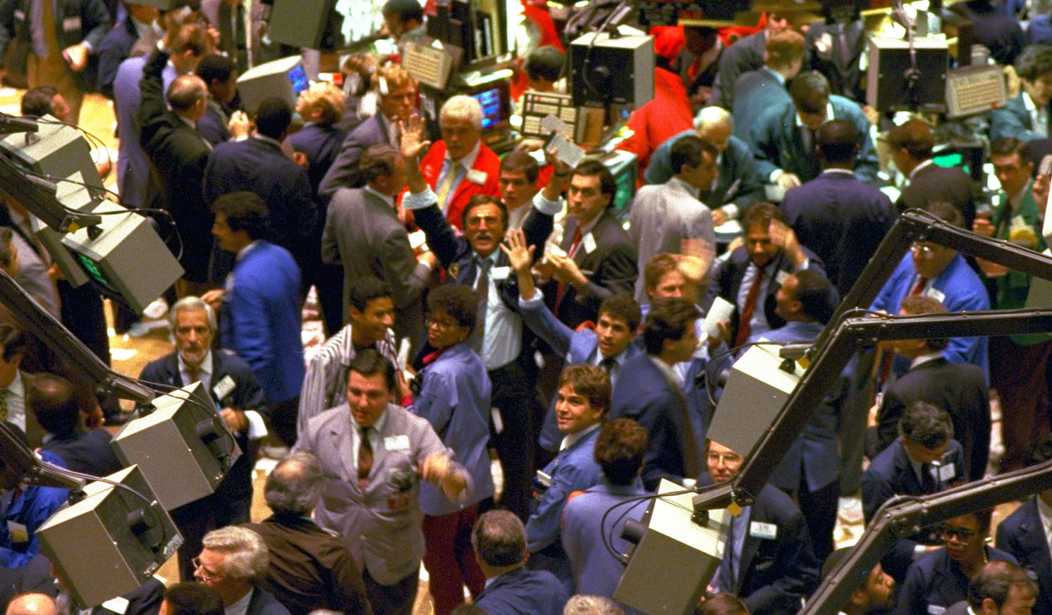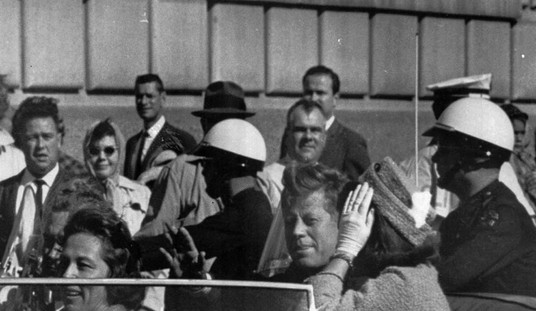After suffering the worst week since the 2007 financial crisis, stocks roared back with a vengeance on Monday. The Dow Jones gained nearly 1294 points and 5.1 percent of value — the largest one-day gain in history. It had been more than a decade since the market added that much value.
Late this morning, the Fed announced they were initiating an emergency rate cut.
“The coronavirus poses evolving risks to economic activity,” the Fed said in a statement. “In light of these risks and in support of achieving its maximum employment and price stability goals, the Federal Open Market Committee decided today to lower the target range for the federal funds rate.”
The cut was expected yesterday after Donald Trump complained in a tweet of inaction by the Fed and its chairman, Jerome Powell: “Australia’s Central Bank cut interest rates and stated it will most likely further ease in order to make up for China’s Coronavirus situation and slowdown. They reduced to 0.5%, a record low. Other countries are doing the same thing, if not more so.”
The cut will almost certainly keep the Dow winning-streak going.
Apple shares led the Dow higher with a 9.3% jump; Merck and Walmart gained 6.3% and 7.6%, respectively. Utilities, tech, consumer staples and real estate all rose more than 5% to lead the S&P 500 higher.
The major averages were coming off a massive decline from the week before as worries over the coronavirus spreading dented investor sentiment.
Those worries aren’t going away anytime soon and we’re likely to see some more shakiness in the markets before it’s over.
But Peter Cardillo, chief market economist at Spartan Capital Securities, was skeptical the worst was over for the market.
“I wouldn’t put too much into this,” he said, noting longer-dated U.S. Treasurys are still trading near record levels as coronavirus fears persist. “Although I think we’re getting close to putting in a bottom, I still think we need to drop another 2% to 3% to have some sort of capitulation.”
China, where the coronavirus began, is taking an economic wallop from the extreme lengths they have gone to in fighting the spread of the coronavirus.
A private survey on Chinese manufacturing activity released during Asian trading hours on Monday came in at its weakest level ever. The Caixin/Markit Manufacturing Purchasing Managers’ Index (PMI) came in at 40.3 for February, far below expectations of a reading of 45.7 by economists in a Reuters poll. PMI readings above 50 indicate expansion, while those below that level signify a contraction.
That came after an official data released Saturday showed China’s official manufacturing PMI plunging to 35.7 in February, a record low, from 50 in January. A reading below 50 indicates contraction in a sector.
The plunge “shows the extent to which an outbreak can hit an economy,” said Ed Hyman, a widely followed economist on Wall Street and Evercore ISI chairman, in a note to clients. “All this is quite uncertain, and we may be overreacting. But we also don’t want to underreact.”
We aren’t at the point yet where there are large numbers of school closings, or businesses shutting their doors. But there is little doubt there are going to be local disruptions as authorities fight to keep the spread of the coronavirus under control. This will have an unknown effect on the economy, and if there’s anything investors hate it is uncertainty.
But for a few days, at least, there is sunshine amidst the darkness.










Join the conversation as a VIP Member